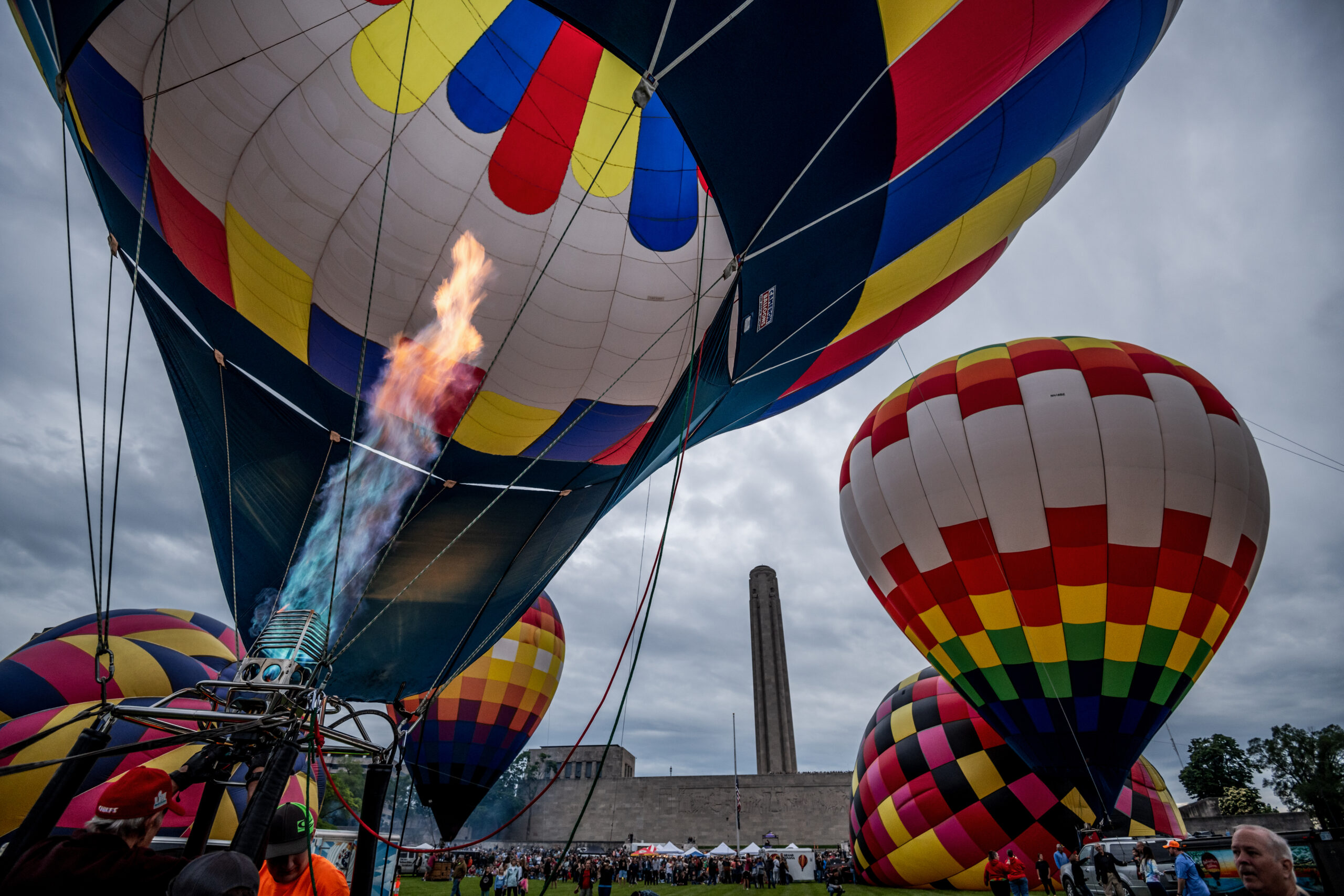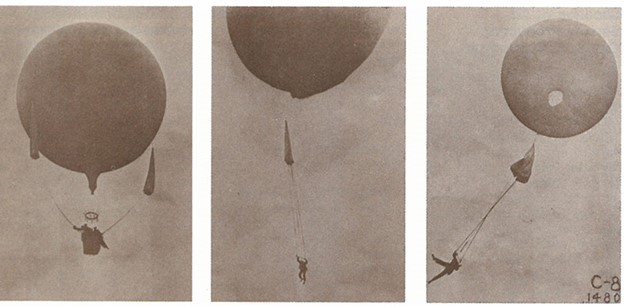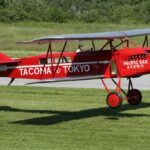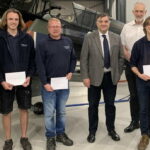Marking National Aviation Day on August 19, the National WWI Museum and Memorial and StoneLion Puppet Theater will host the annual Kansas City’s Great Balloon and Puppet Glow 2023. The free event will feature a vibrant display of tethered hot-air balloons that will light up the Kansas City sky.
Beginning at 4 p.m. the public is invited to gather on the Museum and Memorial grounds to listen to live music, grab a bite to eat from dozens of local food trucks, and picnic.

As the sun sets, the night sky will shine bright with magnificent and vibrant displays on the North Lawn and on the South side of the Museum and Memorial, where rows of tethered hot-air balloons will fire up their burners to create a canvas of color against the skyline. New this year on the south side, illuminated puppets, aerialists, and glow performers will take guests on a magnificent walk-through journey “around the world in 80 days” from 5– 10 p.m.
While the balloons on display for National Aviation Day will be of the modern variety, hot-air balloons actually have a long history and played a crucial role during World War I. Free balloons, untethered as the name implies, moved freely with the wind and could not be easily controlled. Unreliable for surveillance, free balloons functioned better as vehicles for propaganda, used by the Allies to scatter leaflets like confetti over enemy lines in Verdun and along the St. Mihiel Salient.
Warring nations on all sides used captive balloons to gather information on their enemies’ positions and activities. Captive balloons performed much like kites – they were tethered to a winch, a vehicle with a large spool of cable attached to the back. They flowed steadily with the wind but in the preferred direction of a ground operator. Their average range of visibility from the air was nine miles, though when using the most advanced binoculars of the time, it could increase to a little over 11 miles. Ideally, the aim was to maneuver balloons at least six miles up the front line, but in reality, distances depended on the proximity of friendly and enemy artillery. In late September 1918, a captive balloon of the 8th Balloon Company of the American Expeditionary Forces flew 20 miles forward – considered a world record in its time – during the Meuse-Argonne Offensive.
Large dirigibles, powered by engines and steered with propellers, looked and operated differently from traditional balloons. Their envelopes stretched between 600-700 feet long over varying types of frames: non-rigid, semi-rigid or rigid. Given their gargantuan size, they moved slowly. This meant they could hover in one place for a long period of time – over both land and sea – and thoroughly document the landscape during reconnaissance. Their large size also made them easy targets for airplanes. The large dirigibles could carry a larger crew of balloon observers and their equipment, machine guns and at least two tons of bombs. And so, dirigibles, particularly Zeppelins, became weapons.
In total, there were 35 American balloon companies in France during World War I; they ascended 5,866 times, adding up to 6,832 hours in the air. Their balloons were attacked 89 times; 35 burned, 12 were shot down by enemy fire and one floated into enemy lines. Of all 116 parachute jumps from balloons, the parachutes – made of silk – never failed to open, though one observer lost his life when pieces of a burning balloon fell on his descending parachute. The reconnaissance of these balloon observers was invaluable, sighting thousands of instances of enemy planes, infantry and artillery fire.
About The National WWI Museum and Memorial
The National WWI Museum and Memorial is America’s leading institution dedicated to remembering, interpreting, and understanding the Great War and its enduring impact on the global community. For more information, visit www.theworldwar.org.


























